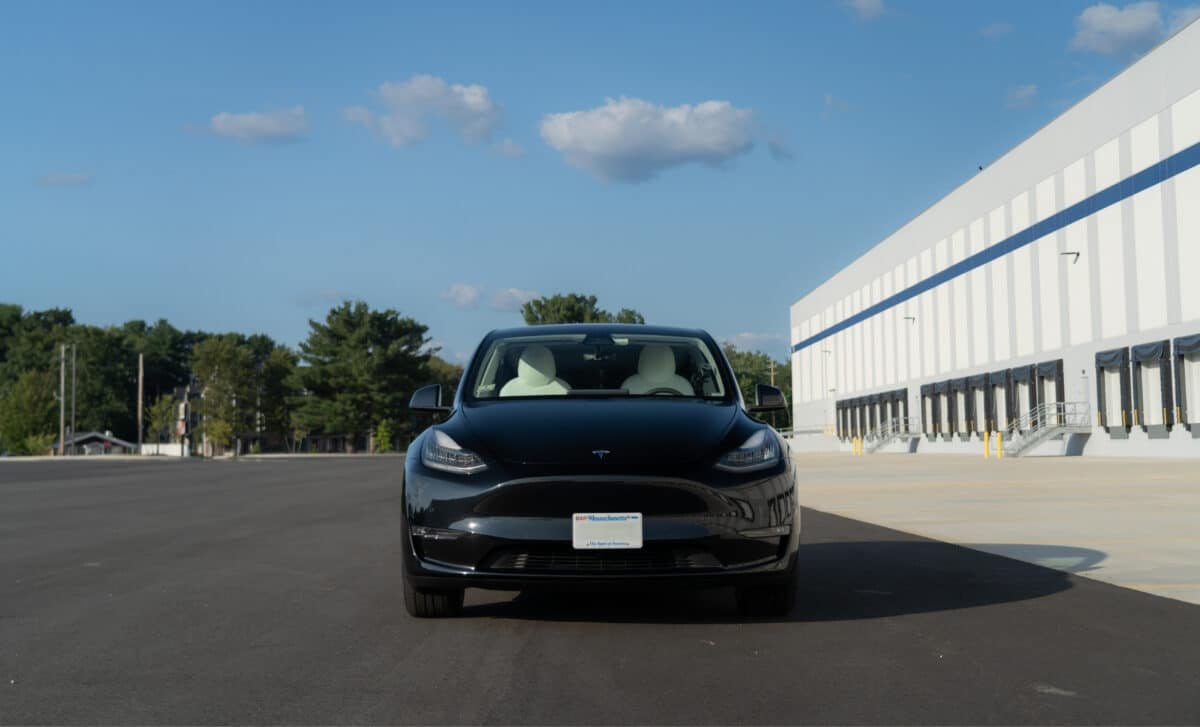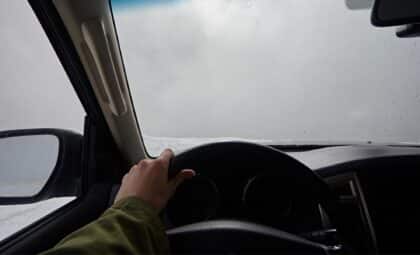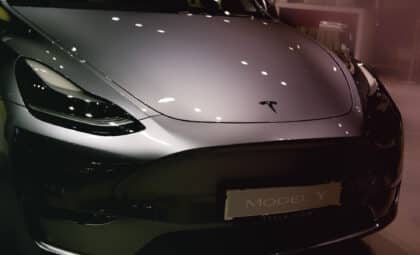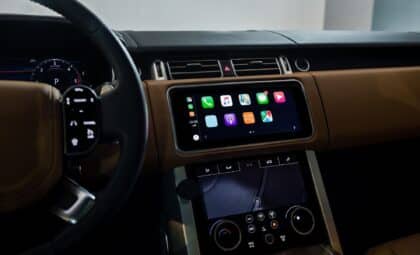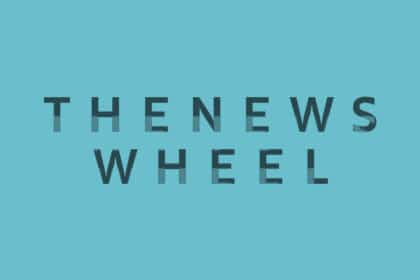This inquiry follows a series of recent safety concerns surrounding Tesla’s partially automated driving systems. While the automaker has promoted FSD as a cutting-edge tool for safer roads, federal officials are increasingly questioning whether some features, like Mad Max mode, may in fact be encouraging behavior that undermines traffic laws and endangers drivers.
The “Mad Max” setting has been a part of Tesla’s FSD suite for several years. It is designed to allow quicker lane changes and keep the vehicle moving assertively in high-traffic conditions. Though the name might have started as a tongue-in-cheek reference, the mode has become a focal point in broader concerns over how Tesla markets and configures its semi-autonomous features. With the rapid growth in driver-assist technologies, federal agencies are now ramping up efforts to ensure that such systems don’t outpace regulatory oversight.
Aggressive Driving Behavior Under Federal Review
The NHTSA confirmed that it is investigating reports that Mad Max mode may contribute to unsafe driving behavior. As reported by Autoweek, the agency is looking at 58 incidents involving Tesla vehicles using advanced driver assistance features, 14 of which involved serious traffic violations. These include abrupt lane changes, failure to yield, and operating the vehicle above posted speed limits, all allegedly linked to FSD functionalities.
One of the key concerns lies in how the system performs in real-world traffic situations. According to the NHTSA, the investigation was prompted in part by four collisions that occurred under reduced visibility conditions, where the system’s behavior did not match typical driver expectations. These events have raised flags about how Tesla’s software prioritizes speed and lane positioning when visibility is compromised.
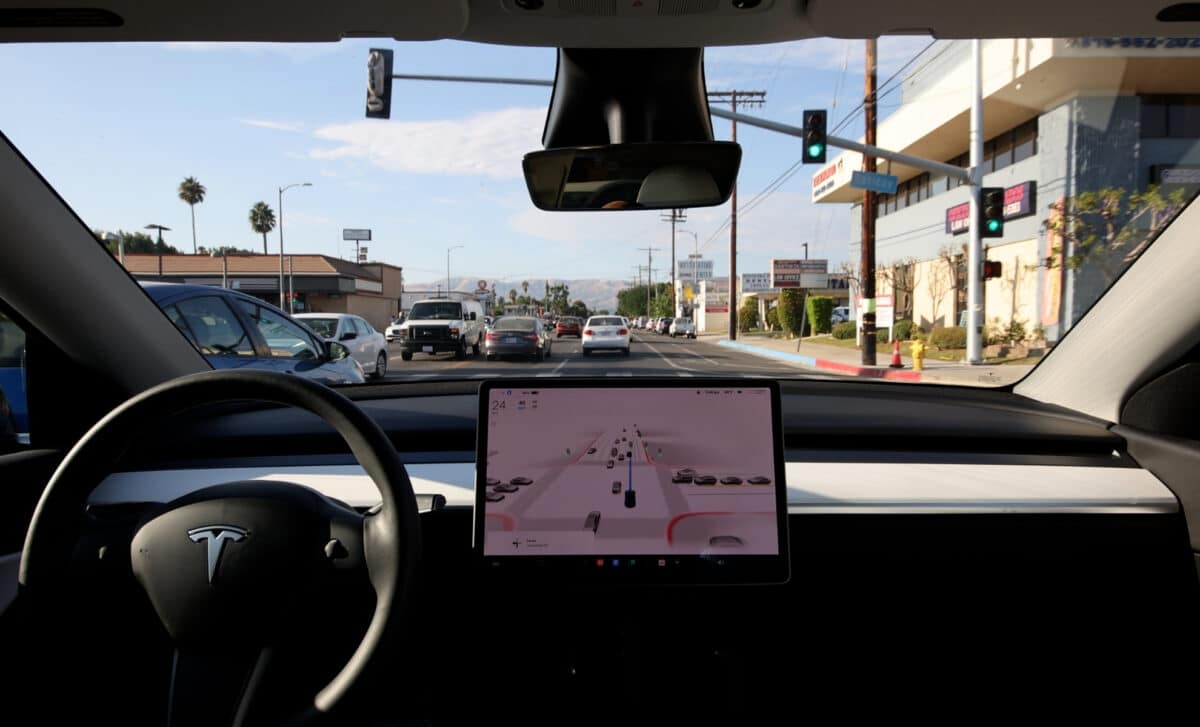
‘Mad Max’ Setting Raises Marketing and Naming Concerns
The name “Mad Max” has caught the attention of regulators—not just for its boldness, but for what it may imply. According to Reuters, federal investigators are assessing whether branding driver assistance features with names that suggest recklessness could influence driver expectations and behavior. The term itself originates from the dystopian film series and implies a kind of chaotic, aggressive approach to driving.
This isn’t the first time Tesla has faced criticism for the way it names or describes its features. In past statements, safety experts have warned that the branding around “Full Self-Driving” can give users a false sense of the system’s actual capabilities. Mad Max, while technically just a selectable mode within the FSD package, has reignited those concerns at a time when driver attention and trust in automation are key issues for regulators.
Questions About System Oversight and Transparency
The NHTSA’s probe is also seeking clarity from Tesla on how Mad Max mode operates under various conditions. According to Engadget, the agency has requested “additional information” on how the setting behaves at different speeds, how it handles lane merges, and whether it adheres to local speed limits. These questions reflect broader worries about the lack of transparency in how Tesla’s autonomous features are developed and updated over time.
Tesla, which typically does not respond to media inquiries, has not issued a public statement on the investigation. However, the ongoing federal scrutiny is putting pressure on the company to provide more documentation about how its FSD software is tested and deployed. Regulators have also voiced interest in whether Tesla is collecting enough driver feedback to identify possible safety gaps before incidents occur.

